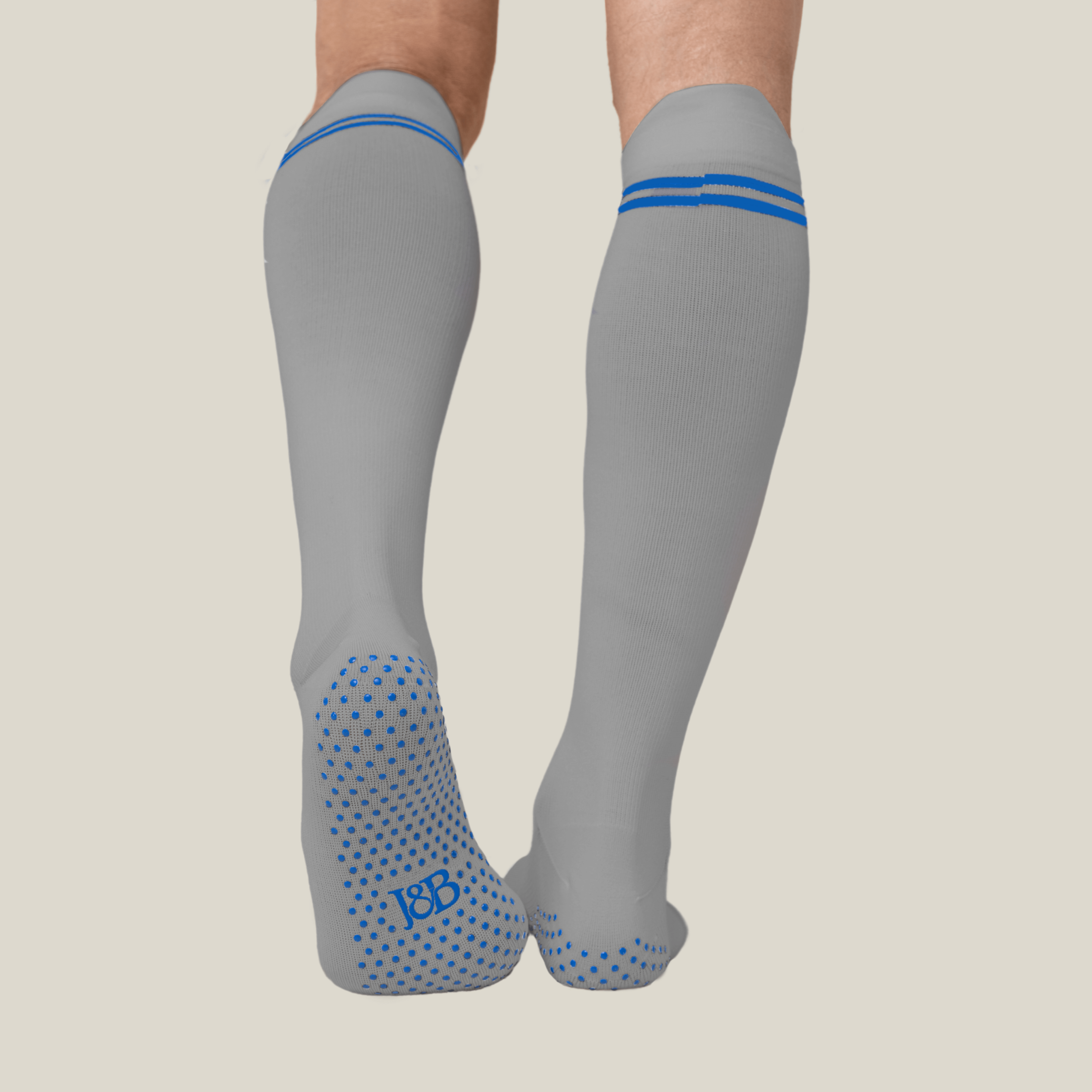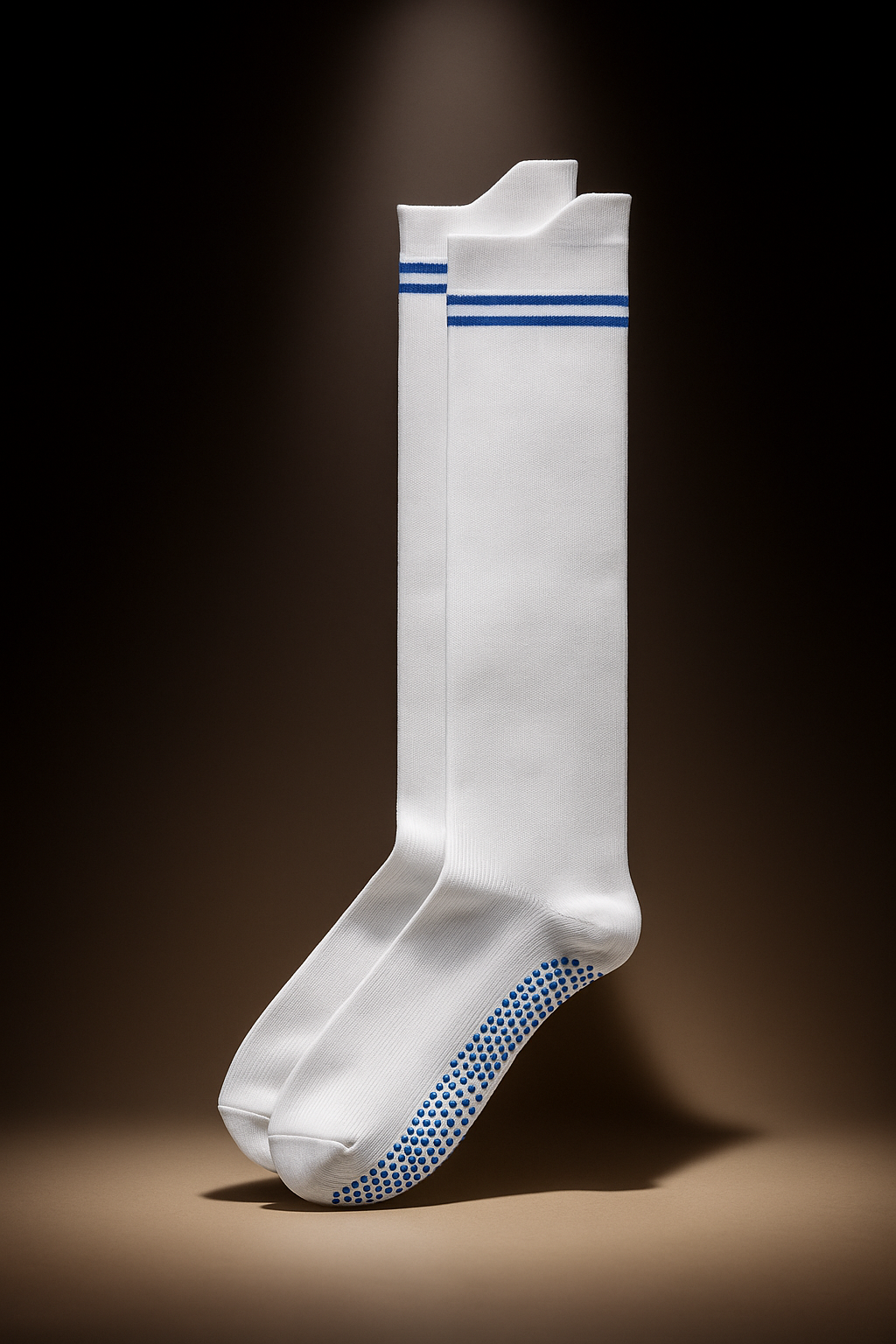Hospital gowns are more than just simple garments worn by patients during their hospital stay; they are a crucial aspect of healthcare that provide functionality and comfort. These gowns are specifically designed to be practical and respectful of a patient's dignity, providing necessary access for doctors while maintaining comfort.
The choice of color in hospital gowns, often overlooked, plays a significant role in patient care by influencing emotions, aiding in medical processes, and ensuring easy identification of patient statuses by healthcare providers. This blog discusses the hospital gown color meaning for patients, exploring the meanings and impacts of gown colors on both patient care and hospital operations.
What are Hospital Gowns?
Hospital gowns, essential articles of clothing for individuals receiving medical care, are designed with the dual purpose of providing patients with comfort and medical staff with convenience. These gowns are typically made from soft, lightweight materials that allow easy access to any part of the patient's body for examination, treatment, or surgery.
The design of hospital gowns includes features such as back ties or snaps that facilitate quick changes while ensuring that the patient's privacy is respected. Additionally, the fabrics used are durable enough to withstand frequent washings and sterilization, making them suitable for repeated use in medical environments.
Common Hospital Gown Colors and Their Meanings
The color scheme of hospital gowns is not arbitrary; it is a critical component of the healthcare system, aiding in the quick identification of patient needs and contributing to a functional medical environment.
1. Blue
Blue is perhaps the most common color used in hospital gowns and is chosen for its psychologically soothing properties. It helps to create a calm atmosphere, reducing stress and anxiety in patients who may be nervous about their medical procedures. In many cultures, blue is also associated with trust and security, reinforcing the patient's confidence in the care they are receiving. In some hospitals, different shades of blue might be used to differentiate between patient care areas or departments, further streamlining the caregiving process.
Expanding on the calming effects of blue, it's important to note that different shades of blue can have varying impacts. Lighter blues are often used in patient rooms and on gowns to promote a peaceful environment, whereas darker blues might be used for staff uniforms, symbolizing professionalism and trust. Discussing the psychological impact of these shades provides a deeper understanding of why blue is a predominant color in healthcare settings.
2. Green
Green hospital gowns are primarily used in surgical settings. The color green was specifically chosen for use in operating rooms during the early 20th century because it is the complement of red-the color of blood. This choice helps surgeons keep their eyes sharp by reducing the stark contrast that can lead to visual fatigue. For patients, wearing green can subconsciously signal safety and promote a more relaxed state, as green is commonly associated with nature and growth.
In addition to reducing eye fatigue for surgeons, green can also help in enhancing the overall aesthetics of the hospital. It is believed to help patients relax and heal faster due to its association with nature and growth. Including a discussion about the role of green in biophilic design in hospitals could add more depth to its significance.
3. Yellow
Yellow hospital gowns are typically designated for patients in isolation to signal that special precautions should be taken to prevent infection spread. The bright nature of yellow makes these patients easily identifiable. Psychologically, yellow is stimulating and uplifting, which can be beneficial for patients who may feel isolated or depressed due to their condition.
While primarily used for isolation, yellow's psychological impact as a color that stimulates mental processes and encourages communication could be explored. However, its use needs to be carefully managed because it can also signify caution and can be overwhelming if overused.
4. Red/Pink
Red and pink gowns are used sparingly due to their strong visual impact. Pink, often used in maternity and women's health areas, suggests care and comfort. It can help in creating a nurturing environment conducive to recovery. Red, seen less frequently, is used for high-visibility needs such as patients requiring immediate medical attention or those at risk of elopement.
Cultural perceptions of red and pink can also impact the color choices in hospital gowns. For instance, in some cultures, red is seen as a lucky color, which might influence its acceptance and use in those regions. Additionally, the impact of pink in oncology wards, where it is often used to represent support for breast cancer patients, can highlight its role in patient solidarity and community building.
5. Purple
Purple gowns are typically reserved for patients undergoing treatments such as chemotherapy. This color represents nobility and courage and can help empower patients to feel strong in the face of adversity. Purple is also soothing to the mind and can help alleviate anxiety associated with intensive treatments.
Historically, purple is often associated with royalty, and this connection can leave patients feeling empowered and cared after. Purple is the official color of Alzheimer's Awareness, making it a common color to see among memory care and other senior living communities.
What Kind of Robe Should I Take to the Hospital?
When selecting a robe to take to the hospital, consider the following attributes to ensure it is suitable and comfortable:
- Soft and Comfortable Material: Choose a robe made from soft, gentle fabrics like cotton or a cotton blend that is kind to your skin and comfortable for long wear periods, especially when you might be spending extended time in bed.
- Easy to Wash: Hospitals are environments where cleanliness is crucial, so bring a robe that is easy to wash and dries quickly. Materials that handle frequent washing without deteriorating are ideal.
- Front Opening: A robe that opens in the front is preferable because it's easier to put on and take off, especially when you might have medical devices attached, IV lines, or limited mobility post-surgery.
- Secure Closure: Opt for a robe with Velcro, ties, buttons, or a zipper that stays securely closed but can be easily opened or adjusted as needed for medical examinations or treatments.
- Pockets: Pockets can be very useful in a hospital robe for keeping personal items like a smartphone, tissues, or chapstick easily accessible.
- Length and Sleeves: Consider a robe that is long enough to provide warmth and coverage but not so long that it becomes a tripping hazard. Similarly, choose sleeves that aren't too long or baggy to avoid interference with medical procedures or daily tasks.
- Lightweight: A lightweight robe is ideal as it won't be too cumbersome or hot but still provides comfort and privacy.
Conclusion
The thoughtful use of color in hospital gowns does more than make a fashion statement; it serves a practical and psychological purpose that enhances the overall healthcare experience. By understanding the significance behind each color, hospital patients and healthcare providers can benefit from an environment that supports healing, safety, and efficiency.
For those in need of hospital care, recognizing these colors can provide reassurance and a better understanding of their treatment process. Whether you're a patient, visitor, or healthcare provider, appreciating the role of color in hospital settings can enrich your experience and promote a more positive environment.
Frequently Asked Questions (FAQs)
What does a purple hospital gown mean?
A purple hospital gown typically indicates that a patient is receiving palliative care. This color is chosen for its association with dignity, respect, and spiritual fulfillment, providing comfort to patients in their final days.
Can I wear a multicolor gown in the hospital?
Multicolor gowns are not common in hospitals due to the need for uniformity and specific color coding to manage patient care effectively. However, some pediatric wards use multicolor or patterned gowns to create a friendly and less intimidating environment for children.
Will the hospital let me wear my own gown?
Yes, many hospitals allow patients to bring their own gowns for hospital stays, provided they meet specific criteria. It's important that any personal gown be easy to open or remove, especially in cases where medical staff need quick access to administer treatments or in emergencies. However, you should first check with the hospital regarding their policies on personal attire to ensure compliance with health and safety standards. Bringing your own gown can help you feel more comfortable and maintain a sense of individuality during your stay.

























































